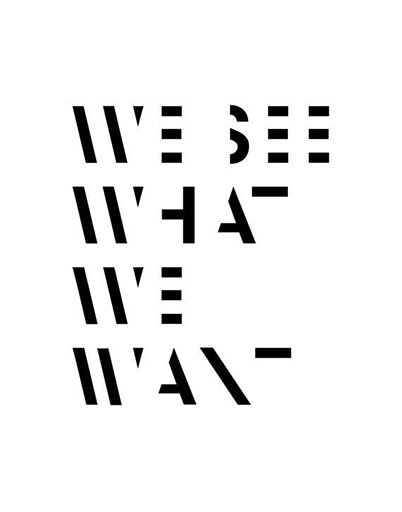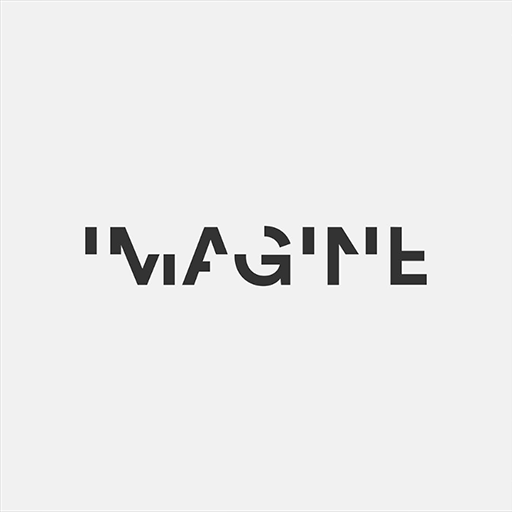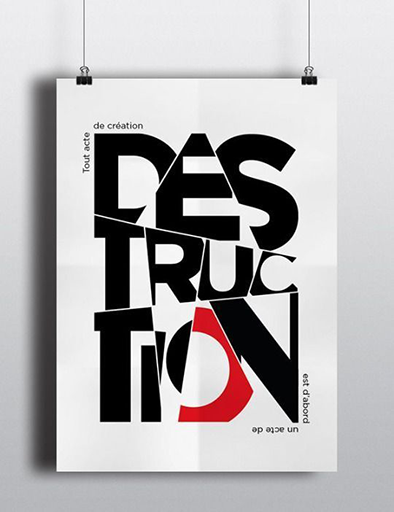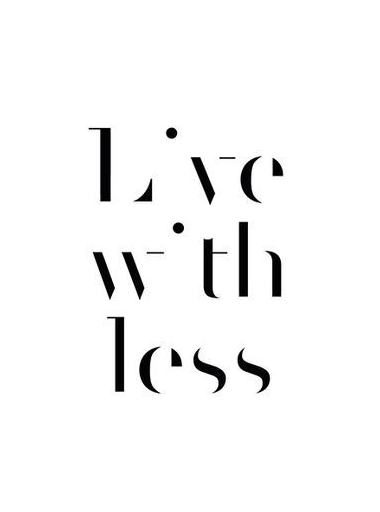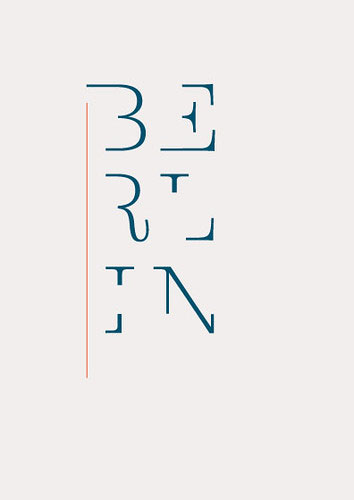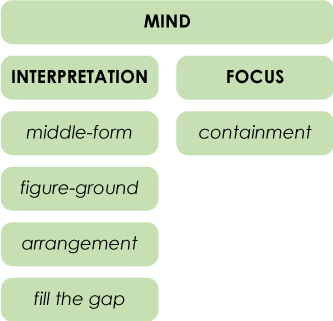 Fill the gap ambigrams
Fill the gap ambigrams 
Like this one, by me!
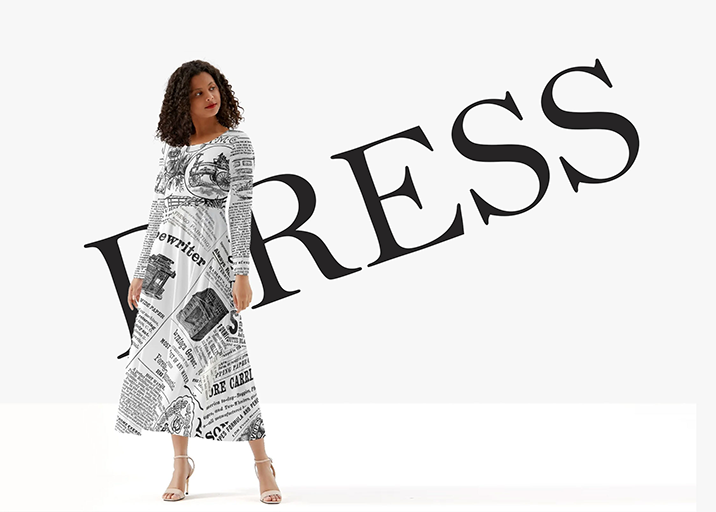
Hey, that’s a nice dress. It’s a press dress. Cool!
You know why it’s cool? Because a part of the first letter is hidden, so we can imagine either a D or a P there. Of course, the woman wearing this newspaper dress leads you to read ‘dress’ and/or ‘press’.
That’s an interesting idea, right there!
That’s right. Or…. that’s light?
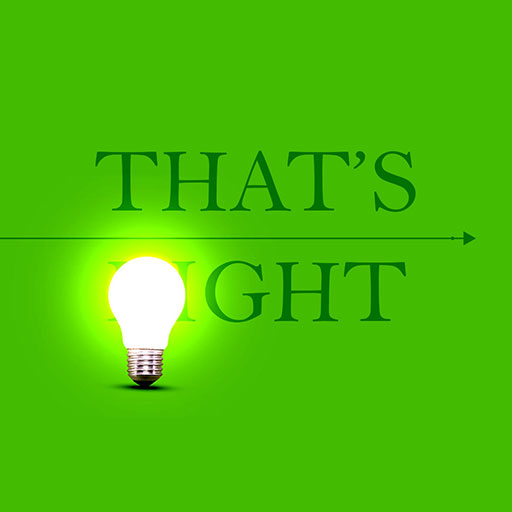
Wow!
Hehe, I’m glad you like it my friend. I like it too! I’ll be sitting on the beach all summer long, drawing ‘fill the gap’ ambigrams eating my favourite fruits. Grapes, strawberries, peaches… wait a minute! Here’s another one.
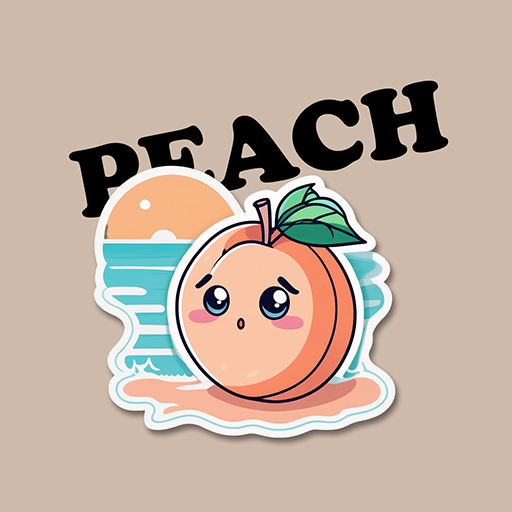
I see what you did there. So, ‘fill the gap’ ambigrams work by using an object in front of a letter in order to hide a part of it and create ambiguity?
It doesn’t have to be an object, actually. You can create a piece that justifies those hidden parts. Like this one.
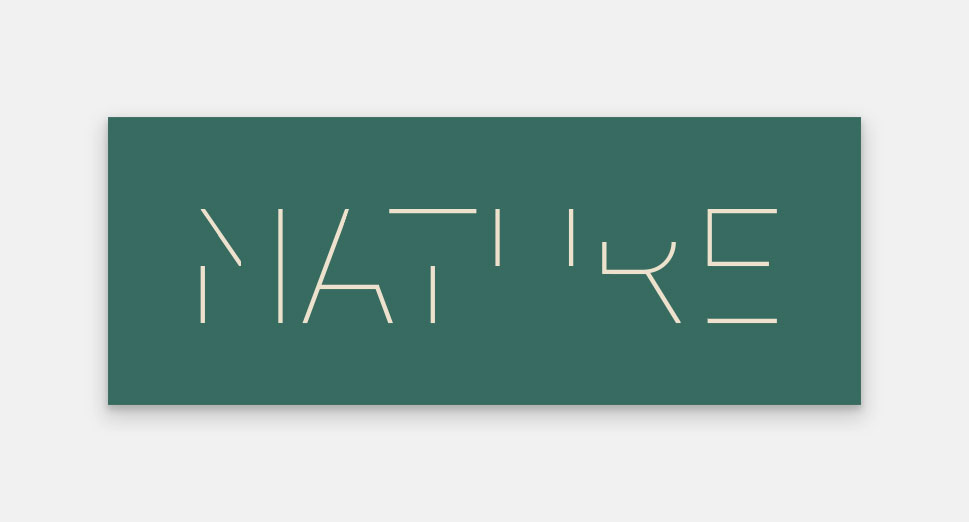
This reads ‘mature’, right? Oh! I can see ‘nature’ as well! How does this work?
It’s easy. In these two words, nature and mature, the ‘fill the gap’ effect must take place in the first glyph. Uppercase N and M share a lot of their strokes. I used some of their common strokes and left some gaps on purpose. In order to justify those gaps, I used them in all the letters.
Oh yeah! Can you show me some more?
Here’s another one, using those gaps.
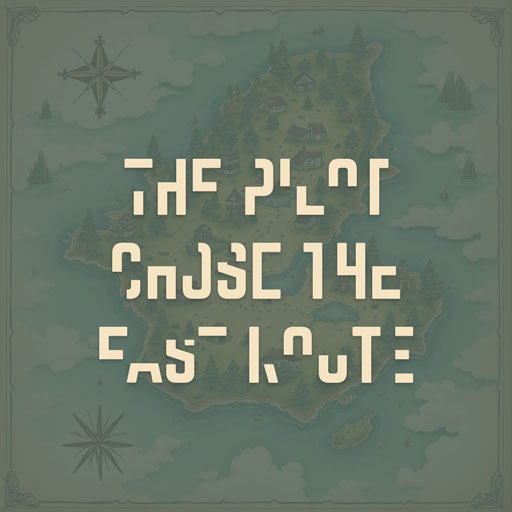
So, did the pilot choose the fast route or the east route?
It’s up to you to fill this ‘gap’. But I know a detail that I used in order for you to read both ‘fast’ and ‘east’. Had I not used an E in the piece, you’ld probably read just ‘fast route’. But, in order to be sure that this upper part of F can also be read as an E, I used the same glyph in the word ‘the’ in the beginning. It’s subtle, but having used this plus a lot of Es in the phrase lead you read ‘east route’ as well.
I get it now. In order to create such an ambigram, I must somehow occlude a part of a letter. I can either put an object in front of it or create gaps in all of the letters.
You are a clever person, my friend. There’s so many creative ways to do this! I’ll show you a couple of methods I found. Here’s a piece where I’ve thrown the letters out of the canvas.
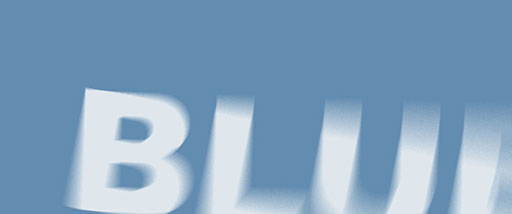
Oh… a blue blur.
Or you can use just the shadows of the letters, like this one.
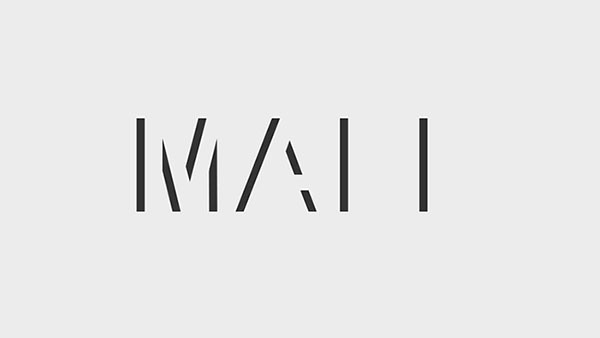
Is this a Mall? Or Mali? Or Male?
It’s all of them. We’re not restricted to just two words. You can have multiple reads if you use ‘missing’ parts smartly. And you’re smart, don’t forget it.
I’m so excited about this! So… is there more?
More? In this chapter, we’re talking about ‘less’ my friend. We’re talking about limit-less possibilities, that will be flaw-less if justified right, which will leave the viewers breath-less.
